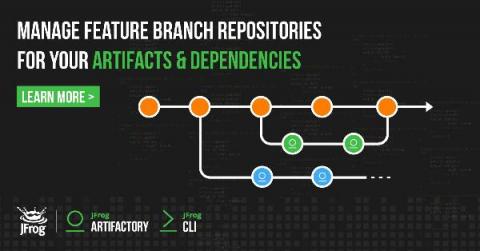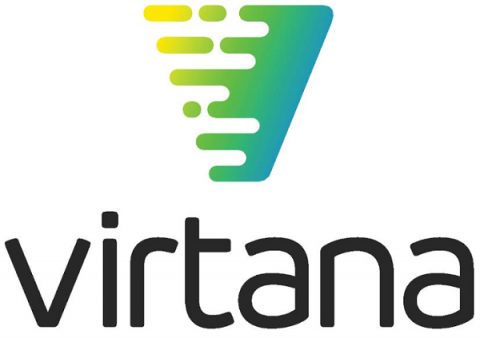Operations | Monitoring | ITSM | DevOps | Cloud
Latest News
Ivanti Neurons for Healing: Shift All the Way Left to Self-Healing
If you are an IT professional, you are technical. You love technology. You love to dabble. You enjoy the thrill that comes from troubleshooting problems and finding a solution. But you probably don’t want to troubleshoot and fix problems all day. There are other interesting things to do. IT can be strategic in helping companies improve their top and bottom line. The complexity of IT continues to increase. The good news is that the need for talented IT staff also continues to grow.
Defining your Sev-1s
One of the primary things you need to figure out whenever your team is formulating your incident management process is describing in words what a Sev0(your highest incident priority) looks like. “Website doesn’t work” is certainly no enough. “Website is up but a key resource (ie CSS file) is missing, rendering the website unusable” is still not enough. “A single page on the website is 404’ing” is not a major but could be a minor incident.
Stabilizing Marathon: Part II
Part I covered our team culture which applies to many different types of work and teams. This part will cover our software engineering best practices that help us stabilize Marathon. Marathon is written in Scala and makes heavy use of Akka Actors and Streams. I probably don’t have to mention that Scala’s type system and its immutable data structures avoid a lot of bugs before we even run unit tests.
What should a CIO or CTO know about IoT?
If you occupy positions of certain responsibility (such as CIO or CTO) and you do not know what is necessary about IoT, you run the risk of being out of the game. So here in this article is what you need to know about IoT. The following post is not intended to be a full encyclopedia on the Internet of Things.
Protect your Elasticsearch deployments against attacks like "meow bot" - for free
The issue of unsecured databases is growing. In 2019, 17 percent of all data breaches were caused by human error — twice as many as just a year before. And the IBM/Ponemon 2019 report found that the estimated probability of a company having repeated data breaches within two years grew by 31 percent between 2014 and 2019. Why is this happening?
Hybrid Cloud: How to Build an Effective Strategy
Cloud computing is a foundational platform for modern businesses, enabling digital transformation and supporting organizational agility. The benefits of putting applications in the cloud are well documented: flexibility, scalability, and reliability with a lower capex investment.
Cyber Security: Understanding the 5 Phases of Intrusion
Here at Graylog, we have recently had an increase in conversations with security teams from leading companies. We want to share our key findings with the Graylog community. The good thing is that cybercriminals use a methodical approach when planning an attack. By understanding their process and knowing your network, you will be better prepared and able to stay one step ahead.
Five worthy reads: Remote workplaces: Is hybrid the way to go?
Five worthy reads is a regular column on five noteworthy items we’ve discovered while researching trending and timeless topics. This week, we discuss the merits of going hybrid in this era of distributed workforces and remote working culture. While it has become imperative for organizations to implement remote work policies, the question of cloud adoption has become almost unavoidable.
6 Linux server performance metrics to look out for
Linux is one of the best known and most used open source operating systems. The key advantages of using Linux servers are that they are stable, secure, compatible, and customizable.











